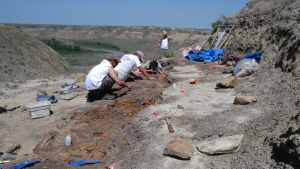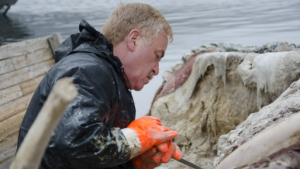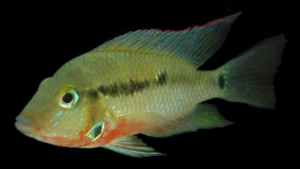Less than 10% of the planet’s estimated 100 million species have been identified and described. With the rate of species extinction at an unprecedented level, it is now more important than ever to discover and document the incredible diversity of life on Earth. Traditionally, species were classified by comparing the morphology, or the physical characteristics, a process that would likely take thousands of years to complete at the current rate. However, DNA is providing scientists with a means of assigning a unique marker to each species – a genetic “barcode” that has revolutionized the way we classify species, and in a fraction of the time it takes when combined with traditional methods.
The Canadian Barcode of Life Network, which is part of a larger international barcode consortium, involves over 50 biodiversity scientists from across the country. The ultimate goal of this Network is to assemble a library of DNA sequences or “barcodes” that are unique to each species. This library will provide a means to identify organisms rapidly and inexpensively, even from fragmentary remains. Barcoding promises to massively advance our capacity to monitor, understand and manage biodiversity with profound societal and economic implications. Once fully implemented, this system will revolutionize access to biological information and will advance research policy, pest and disease control, food safety, conservation, and many other areas.
Several ROM Curators are involved in this network: Allan Baker is Co-Chair of the “All Birds Barcoding Initiative” that aims to barcode all 10,000 species of birds in the world; Doug Currie is leading a project to barcode black flies as part of the Biting Insects initiative; and Jean-Marc Moncalvo is a Principal Investigator of the Fungi project and a leader in the study and barcoding of agarics, or gilled fungi; Rick Winterbottom is a member of the North American Regional Working Group for the Fish Barcode of Life Initiative; Judith Eger, Burton Lim, and Mark Engstrom are involved in the "All Mammals Campaign" and have had the entire mammal tissue collection barcoded; and Tim Dickinson is contributing barcodes for species of hawthorns (Crataegus).
Building a barcode library begins with having specimens from which DNA can be extracted, and museum collections are an important source of material. The ROM is one of the world’s leaders in barcoding its collections. The ROM’s Ichthyology collection was chosen as the repository for all Canadian freshwater fish voucher specimens and frozen tissues for the Fish Barcode of Life project.
On April 28 and 29, 2008, the ROM hosted the 2nd Annual Canadian Barcode of Life Network Science Symposium, where the latest information on barcoding for Canadian and global biodiversity was presented. Over 160 delegates from ten countries attended the plenary and poster sessions on specific research themes.




